Material Science and Engineering
Armbands do a health check while you work out
Nanotech-powered electrodes help solve the challenges of using sweat to assess biological conditions in real time.
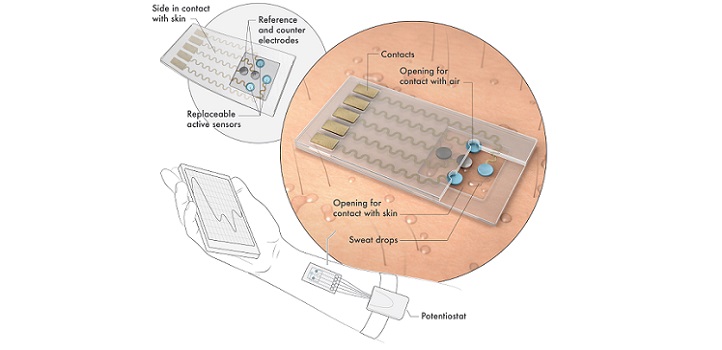
Nanotech-powered electrodes help solve the challenges of using sweat to assess biological conditions in real time.© KAUST 2019; illustration by Xavier Pita
Next-generation fitness sensors could give deeper insights into human health through noninvasive testing of bodily fluids. A stretchy patch developed at KAUST could help this approach by making it easier to analyze sweat for critical biomarkers.
Human perspiration contains trace amounts of organic molecules that can act as measurable health indicators—glucose fluctuations, for example, may point to blood sugar problems, while high levels of lactic acid could signal oxygen deficiencies. To detect these molecules, researchers are developing flexible prototypes that sit on the skin and direct sweat toward special enzyme-coated electrodes. The specific nature of enzyme-substrate binding enables these sensors to electrically detect very low concentrations of target compounds.
One obstacle with enzyme biosensors, however, is their relatively short lifetimes. “Even though human skin is quite soft, it can delaminate the enzyme layer right off the biosensor,” says Yongjiu Lei, a Ph.D. student at KAUST.
Lei and his colleagues in Husam Alshareef’s group have now developed a wearable system that can handle the rigors of skin contact and deliver improved biomarker detection. Their device runs on a thin, flat ceramic known as MXene, which resembles graphene but contains a mixture of carbon and titanium atoms. The metallic conductivity and low toxicity of this 2D material make it an ideal platform for enzyme sensors, according to recent studies.

A schematic diagram of the sensor system showing how the drops of sweat are directed towards the electrodes that are coated with enzymes that can detect low concentrations of target compounds.
Reproduced with permission from reference 1 © 2019 John Wiley & Sons; © 2019 KAUST; Xavier Pita
The team attached tiny dye nanoparticles to MXene flakes to boost its sensitivity to hydrogen peroxide, the main by-product of enzyme-catalyzed reactions in sweat. Then, they encapsulated the flakes in mechanically tough carbon nanotube fibers and transferred the composite onto a membrane designed to draw sweat through without pooling. A final coating of glucose or lactose-oxidase enzymes completed the electrode assembly.
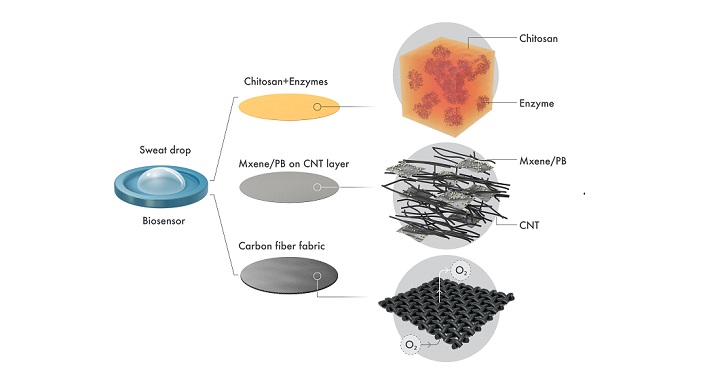
A schematic diagram to show the various layers of the oxygen-rich enzyme electrode.
Reproduced with permission from reference 1 © 2019 John Wiley & Sons. © 2019 KAUST; Xavier Pita
The new electrodes could be repeatedly swapped in or out of a stretchy polymer patch that both absorbs sweat and transmits the measured signals of hydrogen peroxide to an external source, such as a smartphone. When the team placed the biosensor into an armband worn by volunteers riding stationary bicycles, they saw lactose concentrations in sweat rise and fall in correlation with workout intensities. Changes in glucose levels could also be tracked as accurately in sweat as it is in blood.
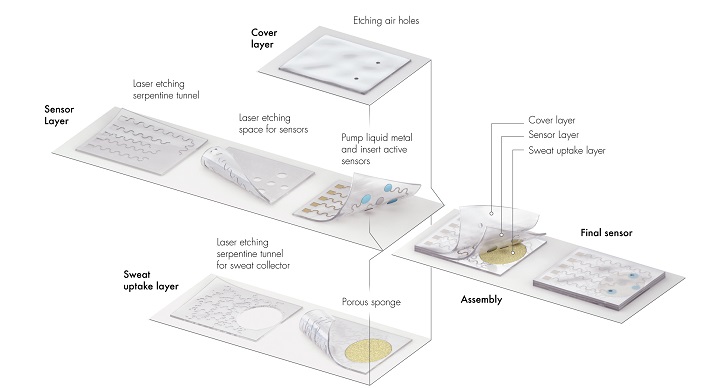
A schematic diagram of the sensor patch system to show the cover, the sensor and the sweat-uptake layers.
Reproduced with permission from reference 1 © 2019 John Wiley & Sons. © 2019 KAUST; Xavier Pita
“We are working with KAUST and international collaborators under the umbrella of the Sensors Initiative to integrate tiny electrical generators into the patch,” says Alshareef, who led the project. “This will enable the patch to create its own power for personalized health monitoring.”
References
-
Lei, Y., Zhao, W., Zhang, Y., Jiang, Q., He, J.-H., Baeumner, A.J., Wolfbeis, O., Wang, Z.L., Salama, K.N. & Alshareef, H.N. A MXene-based wearable biosensor system for high-performance in vitro perspiration analysis. Small 1901190 (2019).| article
You might also like

Material Science and Engineering
Electron movie guides design of layered perovskite materials

Material Science and Engineering
Remote region sensor for essential vitamin deficiency

Material Science and Engineering
Low-power hydrogen sensor detects leaks in an instant

Material Science and Engineering
Illuminating pathways to long-lived organic solar cells

Chemistry
Beating the dark current for safer X-ray imaging

Chemical Engineering
Net benefits for advanced materials design
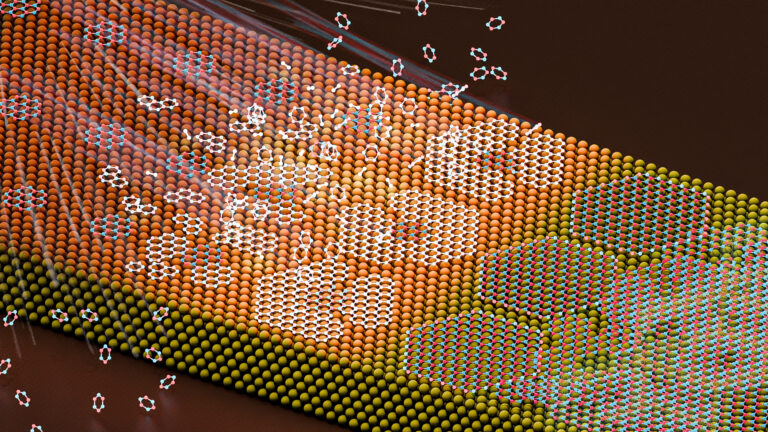
Material Science and Engineering
Atom-thin insulator grown into perfect films
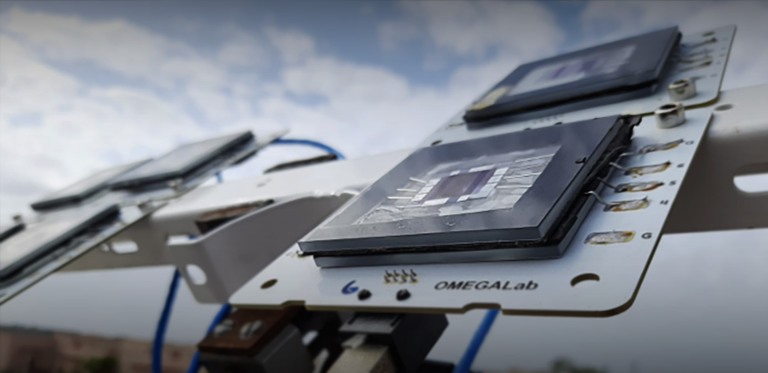
Material Science and Engineering




